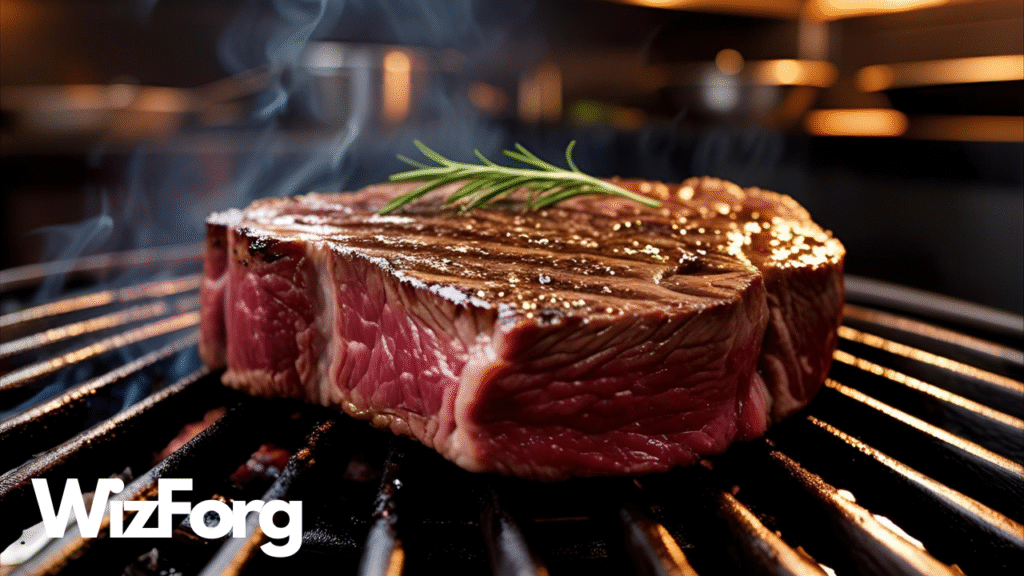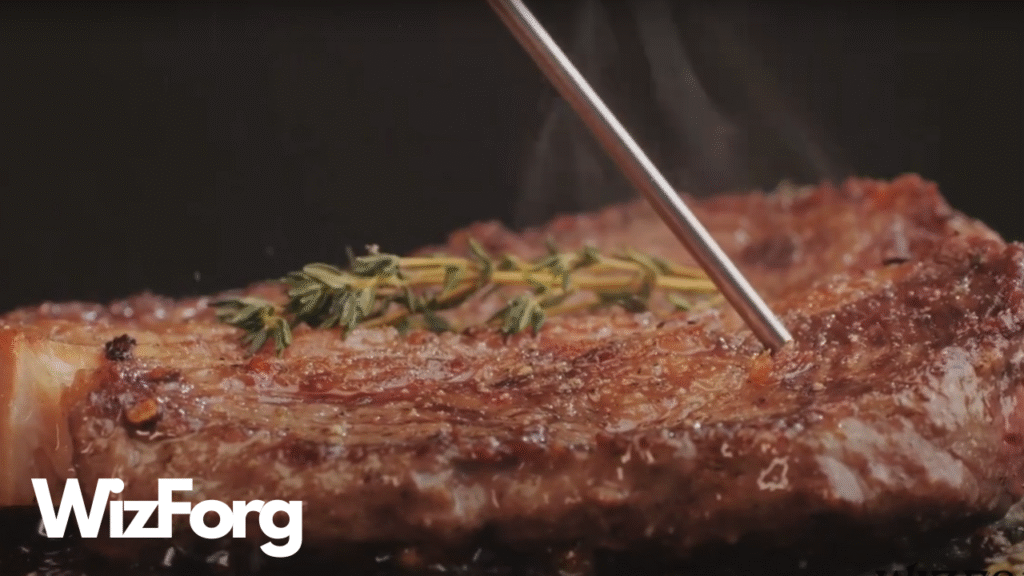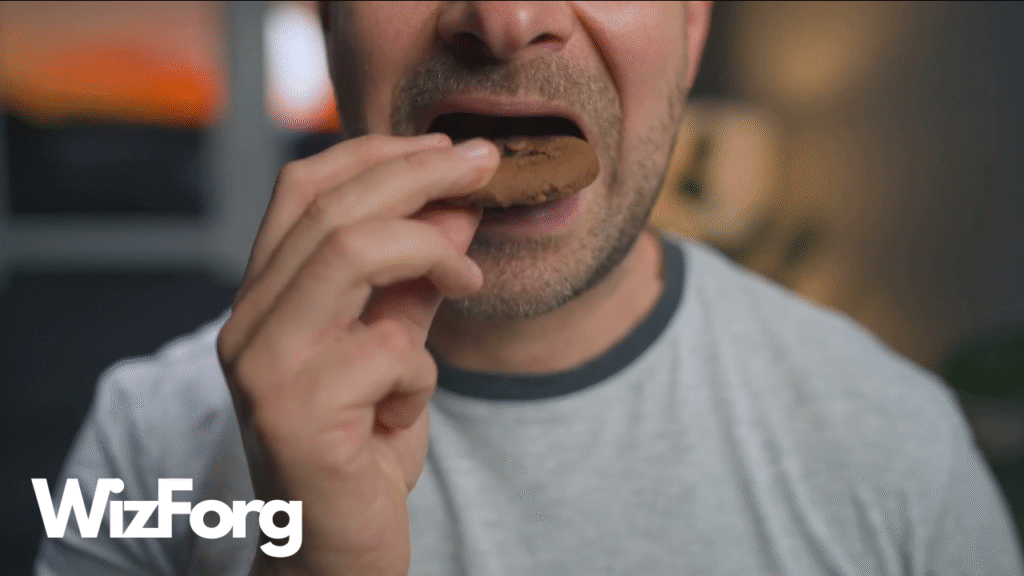When people describe Wagyu beef, one phrase always comes up: “It melts in your mouth.” But what makes this luxurious meat behave more like butter than steak? It’s not just marketing—science, tradition, and precision breeding working together.
What Sets Wagyu Apart?
Wagyu isn’t just any beef; it’s a category that refers to several specific Japanese cattle breeds, making it a truly exclusive culinary experience. The most famous is the Tajima strain of the Japanese Black breed, which produces the world-renowned Kobe beef.
What makes Wagyu truly unique is its intense marbling of delicate white lines of intramuscular fat that run through the meat. Unlike outer fat, marbling melts at a lower temperature and distributes flavor and moisture throughout the muscle.
The Role of Fat And Why It Matters
Wagyu beef contains a higher ratio of monounsaturated fats, including oleic acid, the same heart-healthy fat found in olive oil. This fat has a lower melting point than saturated fat, so it dissolves almost instantly when Wagyu hits a hot pan or your mouth.
The “melt” sensation is the fat liquefies at around 77°F (25°C), well below body temperature. This creates a soft, creamy mouthfeel that sets Wagyu apart from high-end traditional beef cuts.
Genetics and Stress-Free Living
Wagyu cattle are not just bred; they are meticulously selected and raised over generations to increase marbling. But it doesn’t stop at genetics. Farmers in Japan raise these cows in low-stress environments, feeding them customized diets that might include rice bran, barley, or even beer to stimulate appetite.
Cattle under stress produce tougher muscle fibers, so everything from handling techniques to sound levels on the farm is carefully managed. The result? Tender meat enhanced marbling and that signature soft texture.
Aging and Preparation Also Matter
Even with perfect marbling, chefs treat Wagyu differently than other steaks. They often cook it gently, sometimes searing it briefly to let the fat render slowly. Some Wagyu is served nearly raw, thinly sliced as tataki, or grilled as yakiniku, emphasizing the texture more than the sizzle.
Some beef lovers enjoy A5 Wagyu in small bites rather than full portions. It’s rich enough to be savored, not devoured.
Not All Wagyu is Equal
While Japan regulates the Wagyu name strictly, other countries use the term more loosely. Many “Wagyu” steaks outside of Japan are crossbreeds. Usually, Japanese Wagyu is mixed with Angus, which produces excellent meat but without the extreme marbling or low melting point of full-blooded Japanese Wagyu.
To truly experience the melt-in-your-mouth sensation, look for beef graded A5 with a BMS (Beef Marbling Score) of 10–12. This is the top tier, where the beef nearly dissolves with body heat, ensuring you get the best Wagyu experience.
Final Thoughts
Wagyu’s texture isn’t just the result of fancy farming. It’s a fascinating interplay of science, culture, and precision down to the cellular level. The unique genetics of the cattle, the careful breeding and feeding practices, and the art of aging and cooking all contribute to the creation of this exceptional meat. And once you’ve tasted that soft, rich bite that disappears almost instantly, you’ll understand why it’s in a league of its own.
Love deep dives into culinary science and global food culture?
Follow Wizforg for more fascinating articles like this. Don’t forget to share your thoughts in the comments. Have you ever tried real Wagyu?



